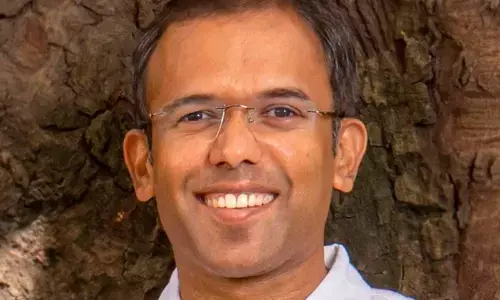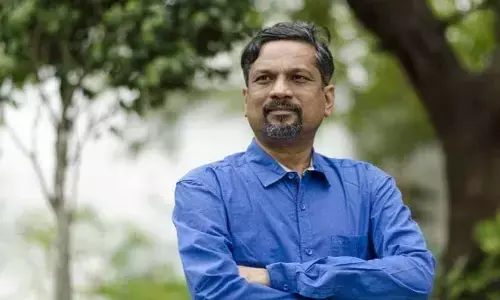Rare images of India's first R-Day fete on display

Rare images of India’s first R-Day fete on display
Delhi turned into a “fairyland” as iconic public buildings, parks and railway stations dazzled with lights on the night of January 26, 1950, when India became a Republic three years after it won independence from the British rule.
New Delhi: Delhi turned into a "fairyland" as iconic public buildings, parks and railway stations dazzled with lights on the night of January 26, 1950, when India became a Republic three years after it won independence from the British rule. The country erupted in celebration soon after Rajendra Prasad was sworn-in as India's first President on the historic day and the very first Republic Day function was held at Irwin Stadium (now Major Dhyan Chand National Stadium) here. Archival pictures and reports, drawn from the Parliament Museum and Archives, offering a glimpse of these jubilant scenes are on display at an exhibition at the ongoing New Delhi World Book Fair.
The theme for this year's fair is 'Azadi ka Amrit Mahotsav' and a special pavilion traces India's journey. A report in "The Hindustan Times" with images of illuminated buildings, gardens and other public landmarks is among the rare exhibits. Dated January 28, 1950, the report carries a collage of eight pictures captioned 'Delhi by Night on Republic Day' along with a detailed news item headlined 'Capital Turns a Fairyland on Republic Day'. The illuminated landmarks featured in the report include the legendary Clock Tower in Old Delhi.
The Clock Tower, built by the British in the 1870s, stood on the Chandni Chowk street with its imposing Gothic look in front of the erstwhile MCD headquarters till about 70 years ago. Though the 'Ghantaghar' is long gone, people still refer to the area by this name. The collage in the 1950 report shows that Town Hall, India Gate, Rajghat, Municipal Gardens, fountains near Parliament, and Old Delhi railway station were also lit up on the occasion. "After sunset, floodli hting and thousands of multicoloured lamps turned the capital into a fairyland and the vast crowds milled around with tireless energy.



















